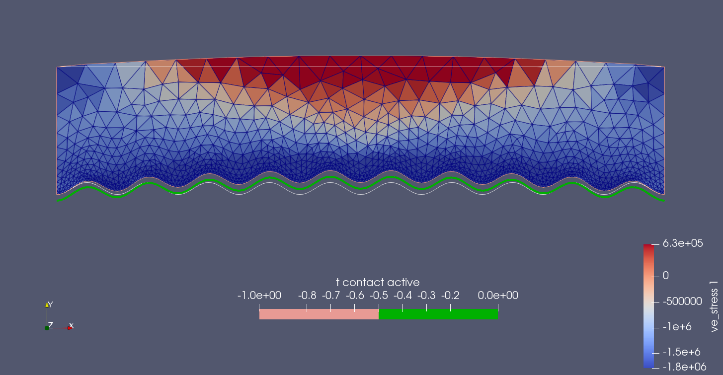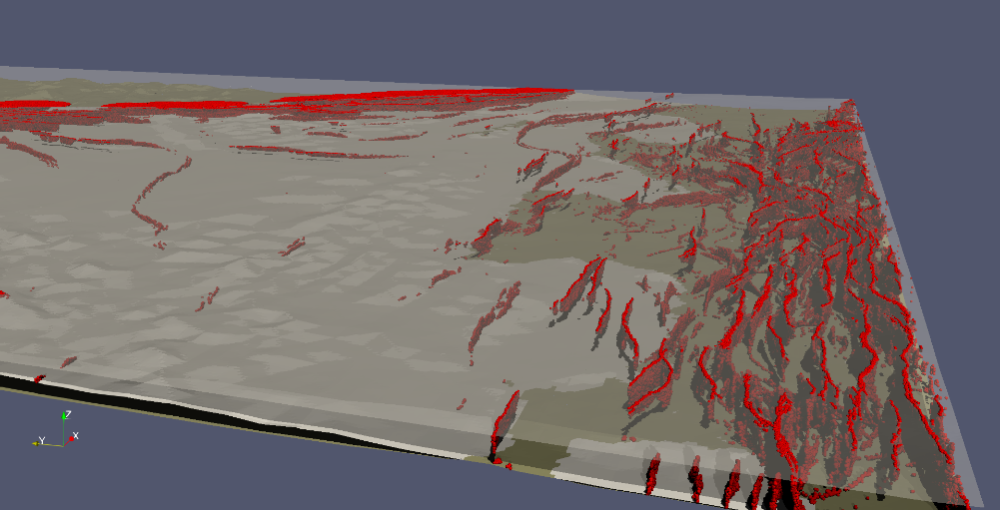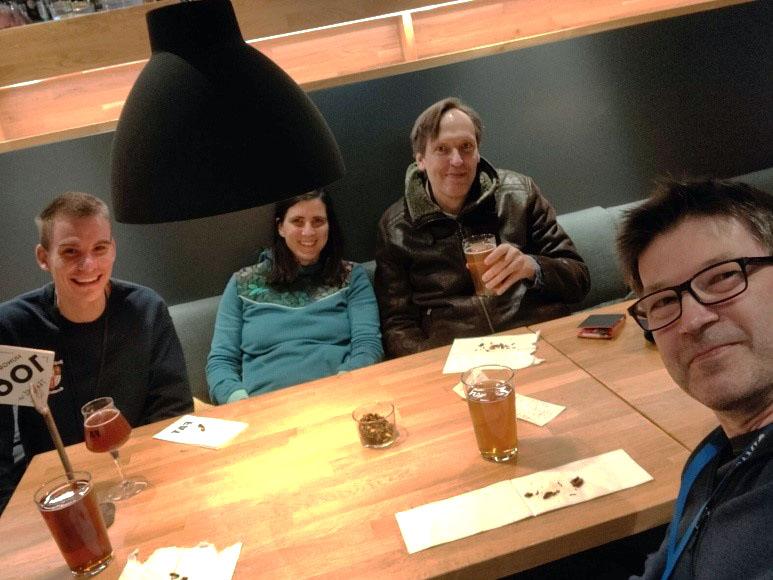HPC-Europa3 project enabling cooperation and program development for glaciological community
During the recent years the Horizon 2020 project HPC-Europa3 has been one of the main pillars in a continuous cooperation between the Elmer development team at CSC and groups all over Europe (and in one case even Canada). And this even through the stormy waters of a global pandemic.
The flexibility of the project to change physical visits into virtual ones and helping to organize last minute at-place cooperation helped us keeping contact during difficult times to the most important component of our community: the scientists applying the code.
Elmer/Ice is a gold-standard ice-dynamics code based on CSC’s open-source multi-physics Finite Element package, Elmer. By its versatility, which includes also deployment on large HPC clusters, Elmer/Ice can be applied to a variety of applications on all time and length-scales.
This versatility is reflected by the wide spread of applications within HPC-Europa3 visits from running Elmer/Ice on whole continental-scale ice-sheet to process studies of how ocean warming around Antarctic ice sheet affects the formation of crevasses in shelves and further lead to calving and destabilization.
– Meeting several program developers at one place at CSC helped me to coordinate my simulation strategies for my ongoing project, said Dorothée Vallot (SMHI, Sweden).
Towards a model for rapidly rising glacier outburst floods
Glacial hazards in form of first steps towards the development of a model for rapidly rising glacier outburst floods (GLOFs), in Iceland better known as jökulhlaups, have been studied.

– Being at place and working side-by-side with the Elmer developer team helped me to get an initial version of a simulation model of rapidly rising glacier outburst floods – a natural hazard assessment tool we hope to elaborate together with CSC in the future, said Tómas Jóhannesson (IMO, Iceland).
Additionally, some of the projects utilize another HPC enabled code developed at CSC, HiDEM which enables computation of short time brittle-elastic behaviour of ice. This is often done in combination with Elmer/Ice.

Benefits to CSC code development
The visits also positively reflect back on CSC’s code development. For instance, the calving-implementation by Iain Wheel demanded an interface to a three-dimensional remeshing library (ParMmg), which at the same time introduced a long-time missing general library functionality in Elmer to allow for parallel mesh adaptation

– Working directly with the Elmer team enabled us to add new functionality to the code and to implement it on CSC’s server mahti for production runs to accomplish the goals of my PhD-thesis, said Iain Wheel (University of StAndrews, UK).
The experience of working together side-by-side and enjoying some downtime together (while breeding over new ideas) after a hard day’s work is an aspect that has gone missing during the last two years, but during the combined visit of several HPC-Europa3 guests at CSC in the last month of the project time could be re-established.

During such a meeting synergy of utilizing dynamic parallel re-meshing between two projects were found. Thereby the delay caused by the pandemic also lead to something positive: Improved cooperation within the Elmer/Ice community!
To the visits related presentations at the recent European Geosciences Union General Assembly in Vienna, Austria by Dorothée Vallot and Iain Wheel.
HPC-Europa3 programme
The HPC-Europa3 programme started in 2017 and ended in April 2022. The programme funded research visits to ten European countries and provided supercomputing capacity and support for the visitors. Overall, almost 850 visits took place, new researcher network nodes and edges were formed and new positions in host groups were accepted. Finland hosted 91 research visits – ten of which were virtually due to COVID restrictions. These visitors used 19.6 M billing units’ worth of CSC computing resources. 86% of the visitors were “Very Satisfied”, 11% Satisfied and 1% Dissatisfied, respectively, for their visit. The feedback from the hosts confirms the mutual successes: 78% “Very Satisfied” and 22% “Satisfied”.
Writer: Thomas Zwinger, CSC
